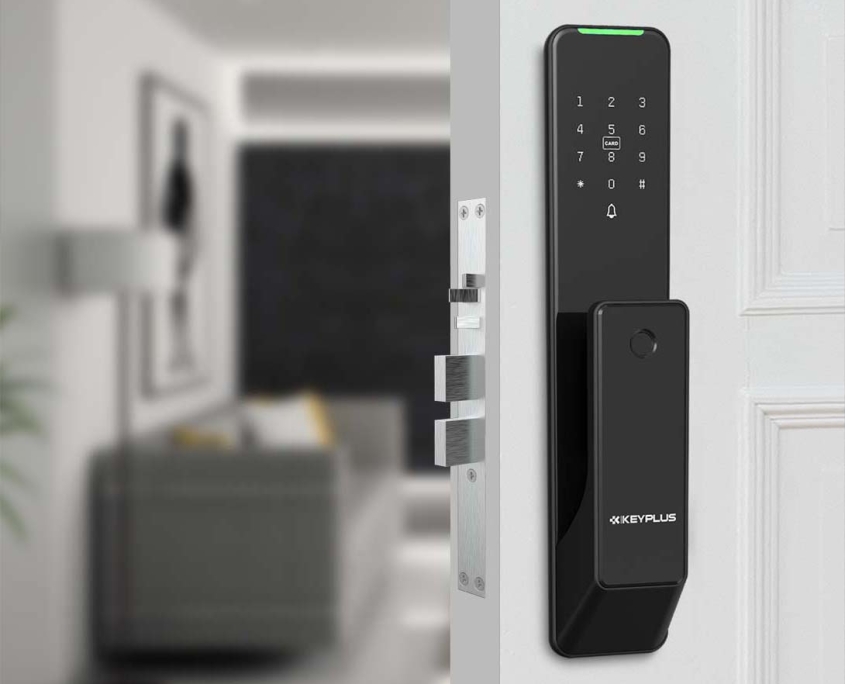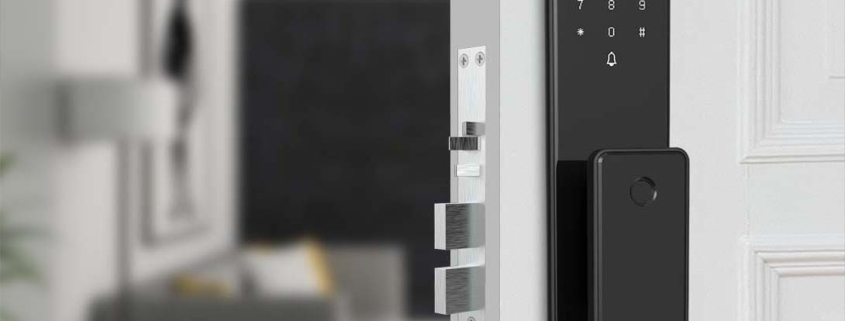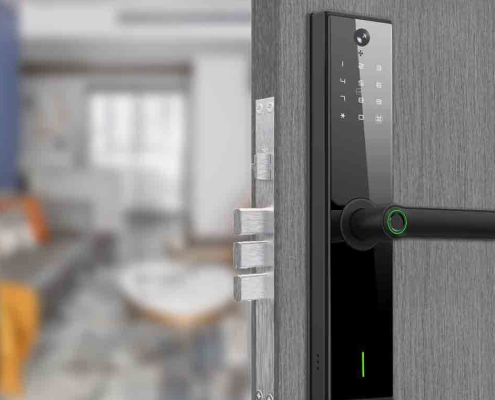Do Smart Locks Work Without Power?
Smart locks have become increasingly popular in American homes, offering convenience, enhanced security, and remote access control. However, one common concern among homeowners is: What happens if the power goes out? Will my smart lock still work?
The answer depends on the type of smart lock you have and its power source. In this guide, we’ll explore how smart locks function during power outages, backup options available, and what you can do to ensure you’re never locked out.
How Do Smart Locks Get Power?
Most smart locks are battery-powered, while some hardwired models connect directly to your home’s electrical system. Here’s a breakdown:
1. Battery-Powered Smart Locks (Most Common)
The majority of smart locks (like those from August, Yale, and Schlage) run on standard AA, AAA, or lithium batteries, typically lasting 6 months to 2 years depending on usage.
Pros:
- No dependency on home electricity.
- Easy to replace batteries.
- Many models give low-battery warnings via app or beeping sounds.
Cons:
- If batteries die completely, you may be locked out unless there’s a backup method.

2. Hardwired Smart Locks (Less Common)
Some smart locks (like certain commercial-grade models) are wired into a home’s electrical system, similar to a doorbell or alarm system.
Pros:
- No need to change batteries.
- Can integrate with home security systems.
Cons:
- If power goes out, the lock may fail unless it has a battery backup.
- Professional installation required.
Will My Smart Lock Work in a Power Outage?
Yes, If It’s Battery-Powered
Since battery-operated smart locks don’t rely on home electricity, they’ll continue working during a blackout. However, if the batteries die, you’ll need a backup way to unlock the door.
Maybe, If It’s Hardwired (Depends on Backup Power)
Hardwired smart locks without a battery backup will stop working in a power outage. Some models have built-in battery backups, but you should check your lock’s specifications.
Backup Entry Methods for Smart Locks
Most smart lock brands include emergency access options in case of power or battery failure:
- Physical Keys – Many smart locks (like Schlage Encode and Yale Assure) have a keyhole for a traditional key as a backup.
- External Battery Packs – Some locks (like August Wi-Fi Smart Lock) allow a 9V battery to be touched to terminals for emergency power.
- Manual Override (Turn Knob or Lever) – Keypad locks like Ultraloq U-Bolt Pro have a manual thumb turn inside.
- Solar or Kinetic Energy Options – A few high-tech locks (like Noke Smart Lock) use motion or solar charging.
What Happens If My Smart Lock’s Batteries Die?
If your smart lock’s batteries die completely, here’s what you can do:
1. Use a Physical Key (If Available)
Many smart locks include a hidden keyhole (often at the bottom). Always keep a spare key in a secure place (like a lockbox or with a trusted neighbor).
2. Jump-Start with a 9V Battery (For Some Models)
Brands like August and Kwikset allow you to hold a 9V battery against the lock’s contacts to provide temporary power.
3. Remove the Battery Compartment (Mechanical Override)
Some locks (like Yale Real Living) have an internal mechanical release that lets you open the door manually if the electronics fail.
4. Call a Locksmith (Last Resort)
If all else fails, a locksmith can help, but this can be costly. To avoid this, regularly check battery levels and replace them proactively.
How to Prevent Smart Lock Power Failures
1. Use High-Quality Batteries
- Lithium batteries last longer than alkalines in extreme temperatures.
- Rechargeable batteries can be a good option.
2. Enable Low-Battery Alerts
Most smart locks notify you via app alerts, beeps, or LED flashes when batteries are low.
3. Keep a Backup Key Nearby
Store a spare key in a weatherproof lockbox or give one to a trusted neighbor.
4. Consider a Battery Backup System
For hardwired smart locks, a UPS (Uninterruptible Power Supply) can keep them running during short outages.

Smart lock recommendation
| keyplus Smart Lock Model | Power Source | Backup Entry Method |
|---|---|---|
| Keyplus KX1 | 7.4V Lithium Battery | Supports fingerprints, passwords, cards, keys and smartphones |
| Keyplus T3V-TY | 6*1.5V AAA Battery | Mobile app, fingerprint, password, RFID card or traditional key |
| Keyplus K7S | 4*1.5V AA Battery | Fingerprint+code+Cards+Keys+Mobile Phone NFC+TUYA wifi application |
| Keyplus T1 | 4*1.5V AAA Battery | Fingerprint, Code, Cards, Keys, Mobile App, and Remotely controller. |
| Keyplus T8 | 4*1.5V AAA Battery | Fingerprin+password+card+key+TUYA or TTLOCK APP(Optional) |
Final Verdict: Do Smart Locks Work Without Power?
Battery-powered smart locks will keep working in a power outage, but you must monitor battery life.
Hardwired smart locks may fail unless they have a battery backup.
Always have a backup entry method (key, external battery, or manual override).
By choosing the right smart lock and preparing for power issues, you can enjoy the convenience of smart home security without the risk of being locked out.
Need Help Choosing a Smart Lock?
Visit [www.keyplusystem.com] to view our smart locks. Do you need recommendations based on your home configuration? Let us know!









